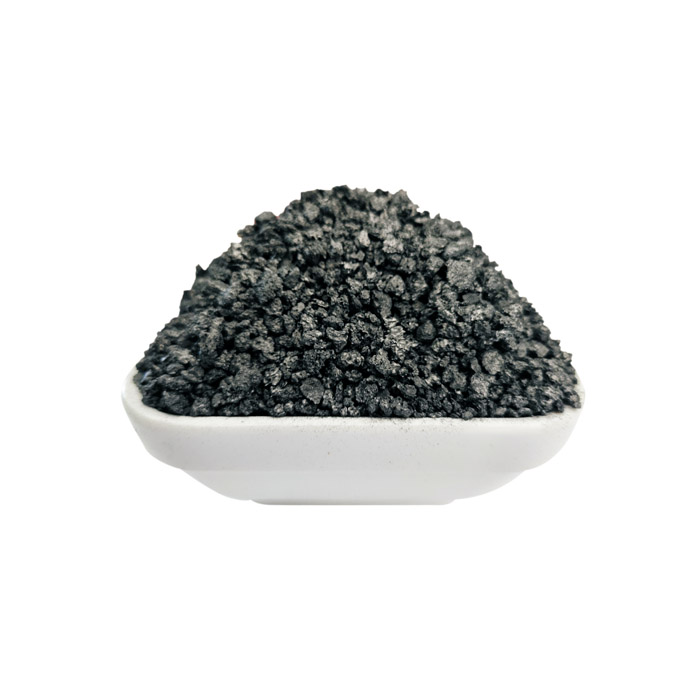Sep . 16, 2024 04:43 Back to list
Refractory Materials in Metallurgy - High-Performance Solutions for Metal Production
The Role of Refractory Materials in Metallurgy
Refractory materials are essential components in the metallurgy industry, serving as critical elements that withstand the extreme conditions encountered in processes such as metal smelting, refining, and alloying. These materials, characterized by their high melting points, resistance to thermal shock, and stability under mechanical stress, play a vital role in ensuring operational efficiency and product integrity in metallurgical applications.
The Role of Refractory Materials in Metallurgy
In steelmaking, for instance, refractory linings must endure temperatures exceeding 1,500 degrees Celsius. The steelmaking process involves several stages, including iron ore reduction and the removal of impurities, which require the use of refractories that can resist slag corrosion and thermal cycling. The continual exposure to high temperatures and aggressive chemical environments necessitates the use of high-quality refractories, often tailored to specific applications and conditions.
refractory material metallurgy

The development of advanced refractory materials has significantly influenced the efficiency of metallurgical processes. Innovations in monolithic refractories, such as castables, and brick-lined refractories allow for more effective heat retention, improved thermal conductivity, and reduced maintenance costs. For instance, the use of high-performance castable refractories enables quicker installation and reduced downtime compared to traditional brick linings, leading to enhanced productivity and cost-effectiveness in operations.
Moreover, the integration of refractory materials in processes like induction melting furnaces and electric arc furnaces showcases their versatility. In these environments, where rapid heating and cooling cycles occur, refractories with superior thermal shock resistance are preferred. Additionally, the ability to customize these materials by adjusting their composition to include additives can further optimize performance, addressing specific challenges such as erosion or thermal wear.
However, the metallurgy industry is facing challenges related to the sustainability of refractory materials. The extraction and processing of raw materials can be energy-intensive and environmentally damaging. As a result, there is a growing focus on recycling and reusing refractory materials, as well as the development of eco-friendly alternatives. By rethinking traditional practices, the industry aims to reduce its ecological footprint while still meeting the demands for high-performance materials.
In conclusion, refractory materials are indispensable to metallurgy, enabling the efficient and safe processing of metals at high temperatures. Their ability to withstand extreme conditions while providing stability and performance significantly impacts the productivity and sustainability of metallurgical operations. The continuous advancement in refractory technology, driven by the need for efficiency and environmental responsibility, will shape the future of the metallurgy sector as it adapts to new challenges and opportunities.
-
Eco-Friendly Granule Covering Agent | Dust & Caking Control
NewsAug.06,2025
-
Fe-C Composite Pellets for BOF: High-Efficiency & Cost-Saving
NewsAug.05,2025
-
Premium Tundish Covering Agents Exporters | High Purity
NewsAug.04,2025
-
Fe-C Composite Pellets for BOF | Efficient & Economical
NewsAug.03,2025
-
Top Tundish Covering Agent Exporters | Premium Quality Solutions
NewsAug.02,2025
-
First Bauxite Exporters | AI-Optimized Supply
NewsAug.01,2025
